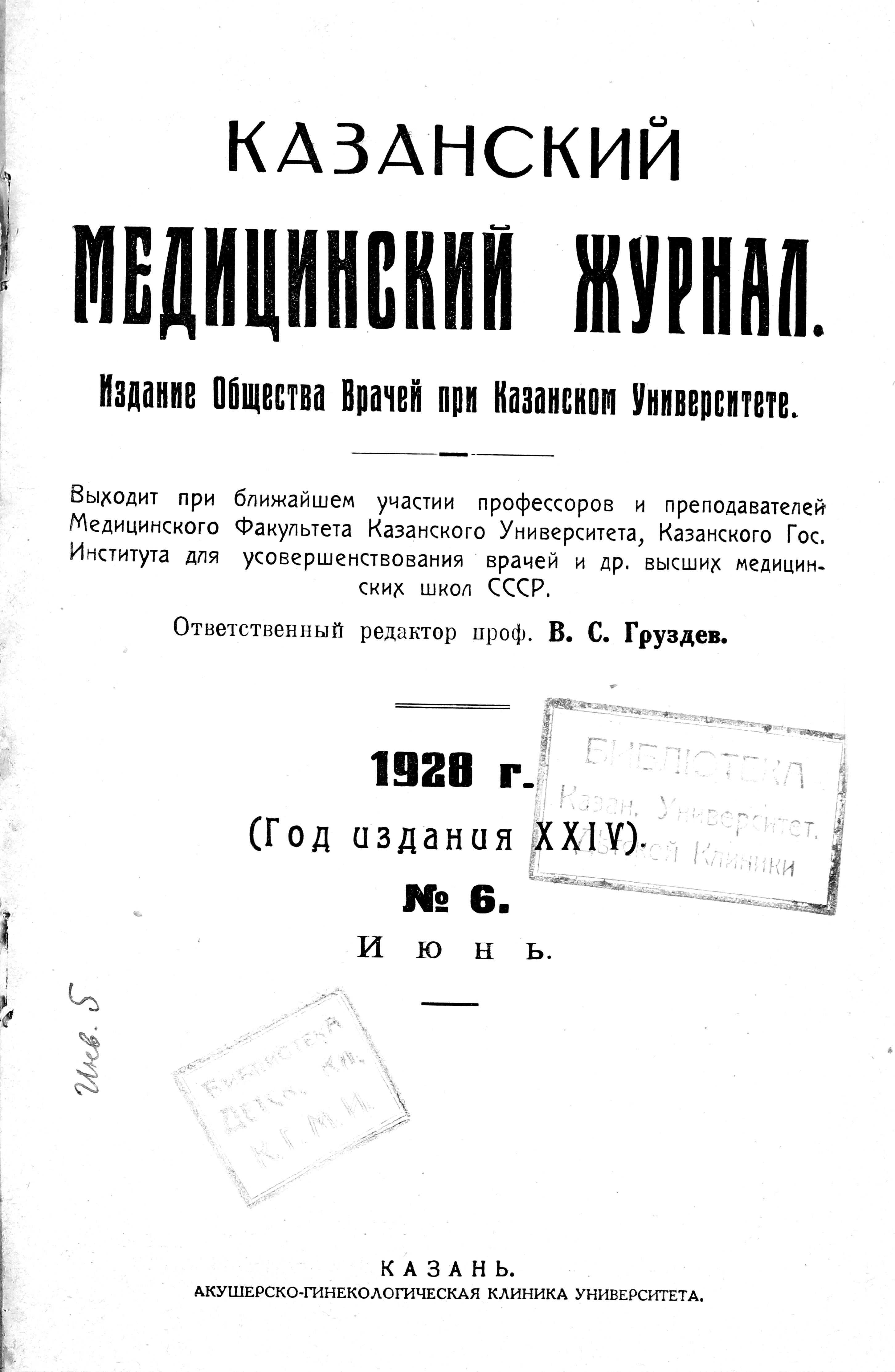Травма позвоночника. Schanz (Орт. и Травм., 1928, кн. 5—6)
- Авторы: Киптенко Н.
- Выпуск: Том 24, № 6 (1928)
- Страницы: 589-589
- Раздел: Статьи
- Статья получена: 22.12.2021
- Статья одобрена: 22.12.2021
- Статья опубликована: 15.06.1928
- URL: https://kazanmedjournal.ru/kazanmedj/article/view/90845
- DOI: https://doi.org/10.17816/kazmj90845
- ID: 90845
Цитировать
Полный текст
Аннотация
В большинстве случаев травмы позвоночника бывают однородные расстройства, происхождение которых Schanz объясняет, сравнивая позвоночник с трубкой, наполненной вязкой жидкостью. Если травма поражает стенку этой трубки, то, вследствие давления, в ее содержимом возникает волна, распространяющаяся в оба конца трубки; если высота этой волны превышает определенную величину, то ранится содержимое трубки; сама же трубка также повреждается на месте прикосновения к ней закругленной верхушки волны.
Ключевые слова
Полный текст
В большинстве случаев травмы позвоночника бывают однородные расстройства, происхождение которых Schanz объясняет, сравнивая позвоночник с трубкой, наполненной вязкой жидкостью. Если травма поражает стенку этой трубки, то, вследствие давления, в ее содержимом возникает волна, распространяющаяся в оба конца трубки; если высота этой волны превышает определенную величину, то ранится содержимое трубки; сама же трубка также повреждается на месте прикосновения к ней закругленной верхушки волны. При вскрытии позвоночника в подобных случаях на месте прикосновения верхушки волны к телу позвонка находят разрывы межпозвоночных дисков, проявляющиеся в виде выпячивающихся в костно-мозговую полость небольших узелков,— т. наз. хрящевые грыжи.
Список литературы
Дополнительные файлы






